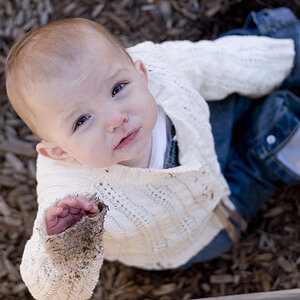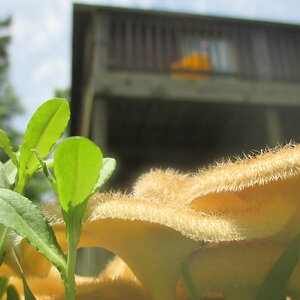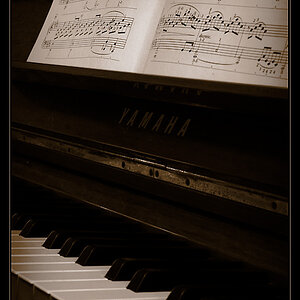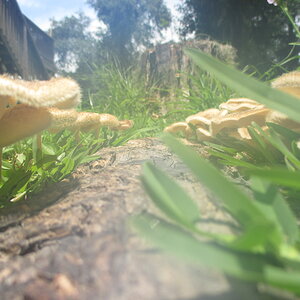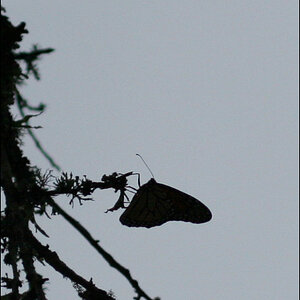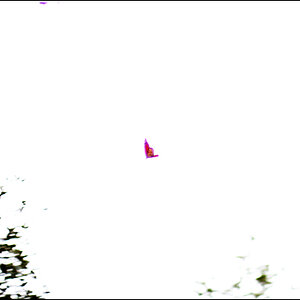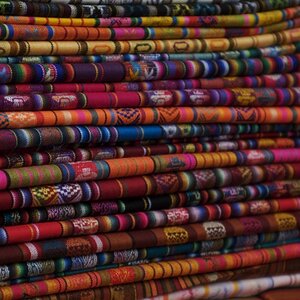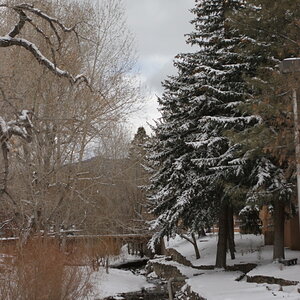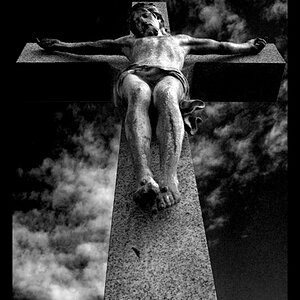adamhiram
No longer a newbie, moving up!
- Joined
- Feb 6, 2015
- Messages
- 858
- Reaction score
- 576
- Can others edit my Photos
- Photos OK to edit
Please pardon the lengthy post - I think my questions are fairly simple, but first a bit of background information.
I edit all of my photos on a calibrated display in a room with moderately low ambient light and very limited direct sunlight, so I am relatively confident my images will look the way I want on other calibrated displays. Printing is another story though, and I’ve gone through various printing services before finding one I liked. Some came out okay with no additional work, others required working with their printer ICC profiles to tweak images to get them to print correctly. And some, of course, just never seem to come out right.
I have been happy with prints from Mpix for a few years, and don’t seem to have these issues with them most of the time. A friend recommended leaving color correction on in case there were any color matching issues with their printers, and for the most part, my prints from them have been beautiful. There were 2 exceptions though.
I noticed the first issue when I printed some very high key photos, such as an image containing snow or that was strongly backlit - sometimes to the point of having highlights being completely blown out (intentionally). Those prints seemed to come back underexposed, which I assumed was their color correction process trying to correct for the blown out highlights. They were always willing to reprint these at no cost, and I was happy with the results.
The other issue that got me thinking was when some very low key photos also came out too dark. One was a studio portrait with a darker background, that came out nearly pure black in the print. The other was a group photo with several individuals with darker complexions, whose faces had all but disappeared in the print. If the high key photos were underexposed due to the printing service's exposure compensation, surely the low key photos would have been overexposed as a result, instead of also being underexposed.
Here is where it gets interesting. I reached out to Mpix support, and they were able to tell me what adjustments had been made to each image before printing. For all of them, it was a slight increase in brightness. This suggests that all images I’ve been sending to them likely start out as slightly underexposed, and I probably just didn’t notice it except in extreme examples.
We also talked about monitor calibration, and it turns out the target values I am calibrating to are different from the ones they use and recommend. Where I get confused is that my brightness and white balance targets are the default values used by my Spyder 4 Pro, and can’t be manually changed. I can still calibrate to different values, but it takes some trial and error. This leaves me wondering if I should change my calibration to match their recommended values, or just have a separate export preset for any images I send to them for printing.
Here are the target settings I calibrate to:
In short, my monitor is calibrated to be about 20% brighter than theirs (assuming luminance is a linear scale), and my white point is a bit warmer than theirs. This should mean that on their end, my images should be a bit too dark, and possibly too cool. I haven’t noticed any white balance issues, but they definitely seem to be coming out too dark.
Questions:
I edit all of my photos on a calibrated display in a room with moderately low ambient light and very limited direct sunlight, so I am relatively confident my images will look the way I want on other calibrated displays. Printing is another story though, and I’ve gone through various printing services before finding one I liked. Some came out okay with no additional work, others required working with their printer ICC profiles to tweak images to get them to print correctly. And some, of course, just never seem to come out right.
I have been happy with prints from Mpix for a few years, and don’t seem to have these issues with them most of the time. A friend recommended leaving color correction on in case there were any color matching issues with their printers, and for the most part, my prints from them have been beautiful. There were 2 exceptions though.
I noticed the first issue when I printed some very high key photos, such as an image containing snow or that was strongly backlit - sometimes to the point of having highlights being completely blown out (intentionally). Those prints seemed to come back underexposed, which I assumed was their color correction process trying to correct for the blown out highlights. They were always willing to reprint these at no cost, and I was happy with the results.
The other issue that got me thinking was when some very low key photos also came out too dark. One was a studio portrait with a darker background, that came out nearly pure black in the print. The other was a group photo with several individuals with darker complexions, whose faces had all but disappeared in the print. If the high key photos were underexposed due to the printing service's exposure compensation, surely the low key photos would have been overexposed as a result, instead of also being underexposed.
Here is where it gets interesting. I reached out to Mpix support, and they were able to tell me what adjustments had been made to each image before printing. For all of them, it was a slight increase in brightness. This suggests that all images I’ve been sending to them likely start out as slightly underexposed, and I probably just didn’t notice it except in extreme examples.
We also talked about monitor calibration, and it turns out the target values I am calibrating to are different from the ones they use and recommend. Where I get confused is that my brightness and white balance targets are the default values used by my Spyder 4 Pro, and can’t be manually changed. I can still calibrate to different values, but it takes some trial and error. This leaves me wondering if I should change my calibration to match their recommended values, or just have a separate export preset for any images I send to them for printing.
Here are the target settings I calibrate to:
- Ambient light: Moderately low
- Gamma: 2.2
- Brightness: 120 cd/m^2
- White point: 5800K
- Gamma: 2.2
- Luminance: 100 cd/m^2
- White point: 5000K
In short, my monitor is calibrated to be about 20% brighter than theirs (assuming luminance is a linear scale), and my white point is a bit warmer than theirs. This should mean that on their end, my images should be a bit too dark, and possibly too cool. I haven’t noticed any white balance issues, but they definitely seem to be coming out too dark.
Questions:
- Should I change my calibration targets to match the ones they recommended, or will that result in my images being overexposed everywhere else, since I have to assume most people that calibrate their displays use the default or vendor recommended settings?
- Can I fix my issue by simply adding a 20% boost to exposure (Exposure + 0.2) when exporting to print through them?


